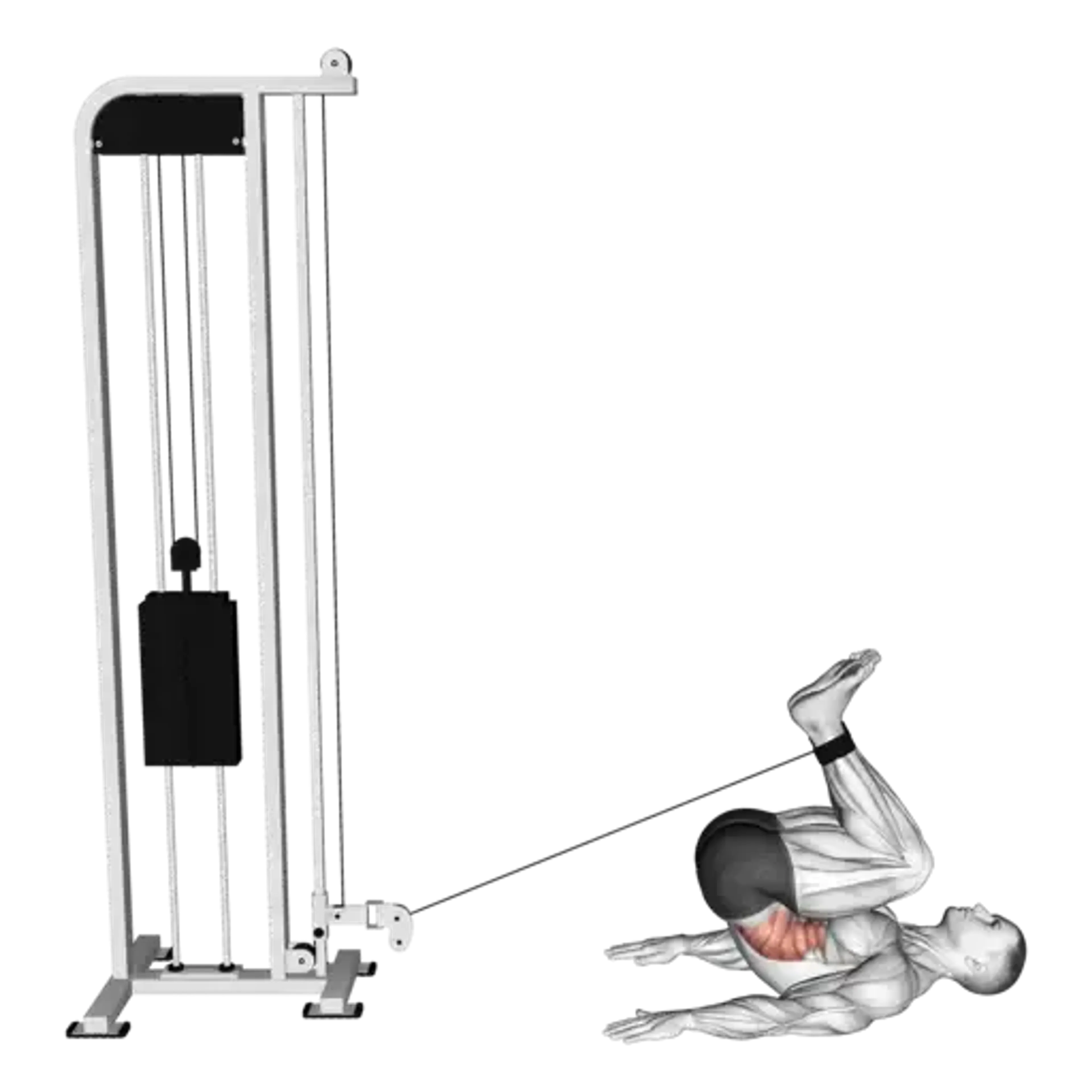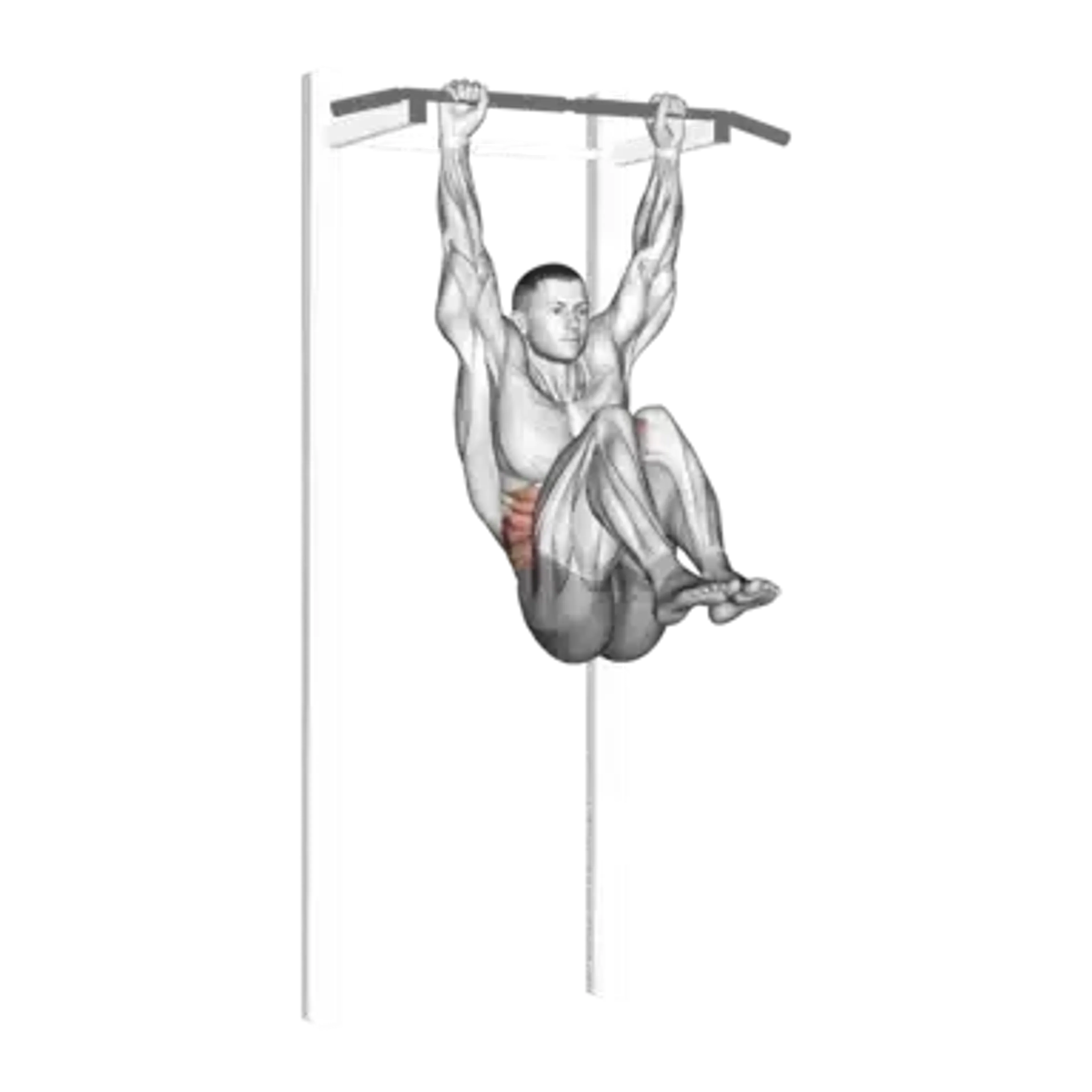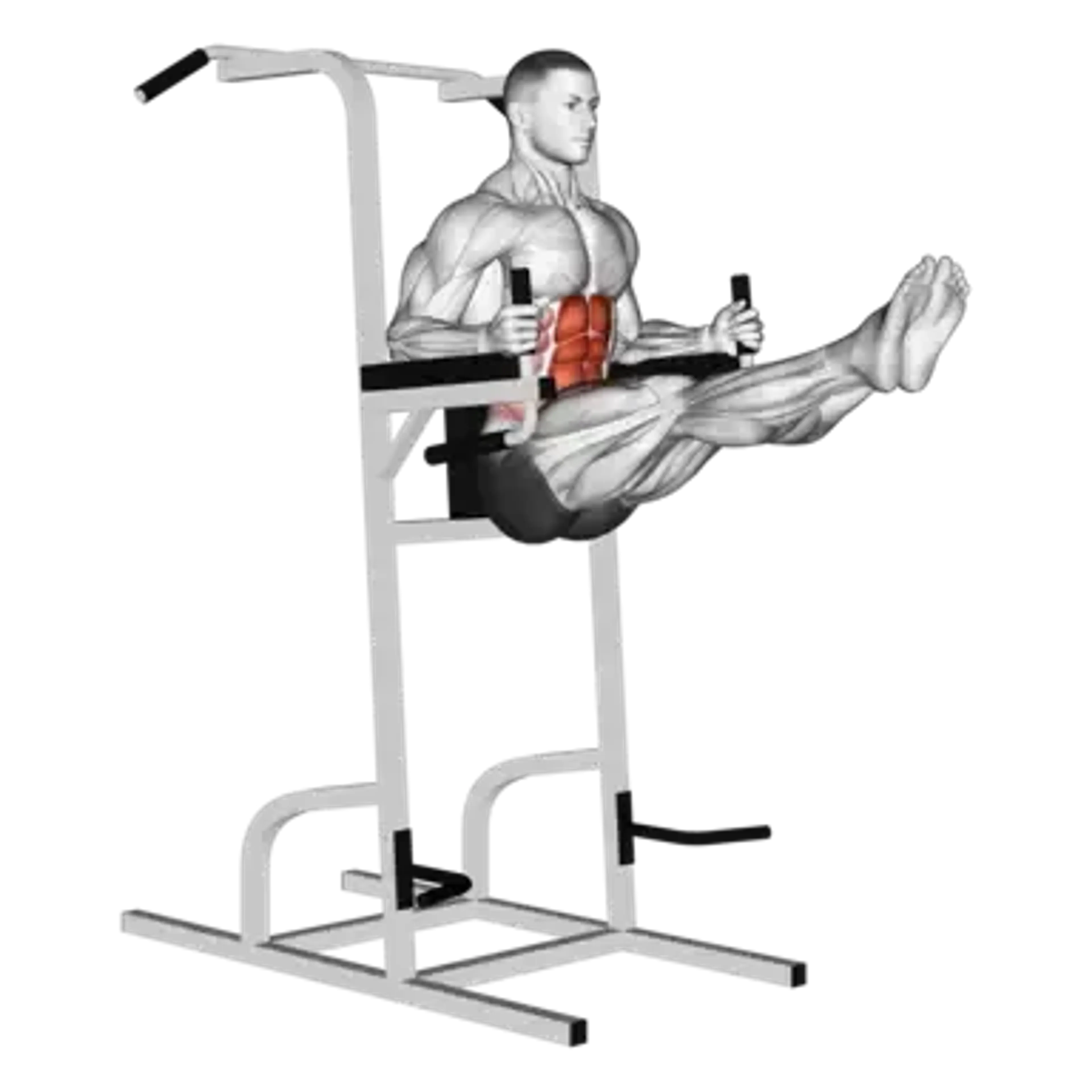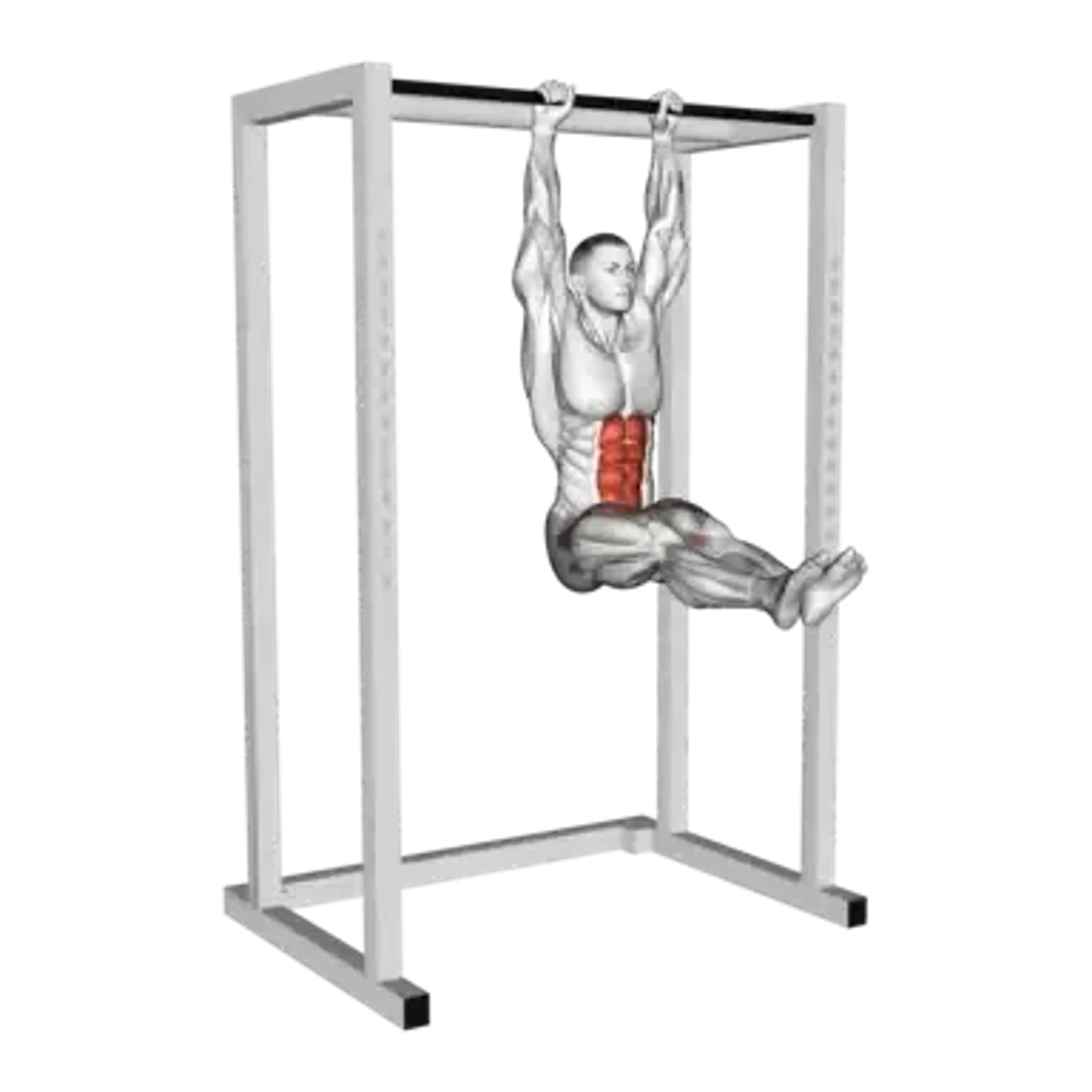Decline Reverse Crunch

Overview
- Primary Focus:
- Core.
- Equipment:
- Body weight and bench.
- Difficulty:
- Beginner.
General Information
Decline Reverse Crunch is an isolation exercise that primarily targets the core. It is a beginner-level movement that emphasizes lower-abdominal control by posteriorly tilting the pelvis against gravity.
The decline bench increases resistance at the hardest part of the motion, encouraging a smooth curl of the hips rather than a leg swing. It works well in gym settings and needs only a bench.
Use it for core strength, hypertrophy, or learning to control the pelvis without straining the hip flexors. If discomfort arises, reduce the decline angle or switch to a flat bench or floor variation.
Muscles Worked
- Rectus Abdominis (Lower)
- Primary
- Rectus Abdominis
- High
- External Oblique
- Medium
- Rectus Femoris
- Low
- Sartorius
- Low
Instructions
- Lie on a decline bench with head high and feet toward the floor. Grip the bench lightly above your head.
- Bring knees toward hips, keeping shins relaxed and feet together.
- Exhale and curl the pelvis toward the ribs, lifting the tailbone slightly off the bench.
- Avoid swinging the legs; keep motion slow and driven by the abs.
- Lower with control until hips are neutral without arching the lower back.
- Pause briefly and repeat for the target reps while breathing steadily.
Common Mistakes
Injuries
Decline Reverse Crunch is a low risk exercise when performed with proper technique.
Hip flexor dominance and neck pulling are common irritants. Initiate by curling the pelvis, keep the chin neutral, and hold the bench lightly rather than yanking.
Lower the legs slowly and stop before the back arches. Reduce the decline angle or range if you feel lower-back pressure.
Alternative Exercises

Frequently Asked Questions
- Q: What decline angle should I use?
Start shallow (10-20°). Increase only if you can keep the pelvis curl and avoid swinging.
- Q: Where should I feel it most?
Primarily in the lower abs with the lower back staying gently pressed into the bench.
- Q: What if my hip flexors take over?
Slow down, reduce the decline, and think about curling the tailbone up first. Keep knees soft and shins relaxed.
- Q: How many reps should I do?
Use 8-15 controlled reps per set, stopping 1-2 reps shy of form breakdown.
Overview
- Primary Focus:
- Core.
- Equipment:
- Body weight and bench.
- Difficulty:
- Beginner.




